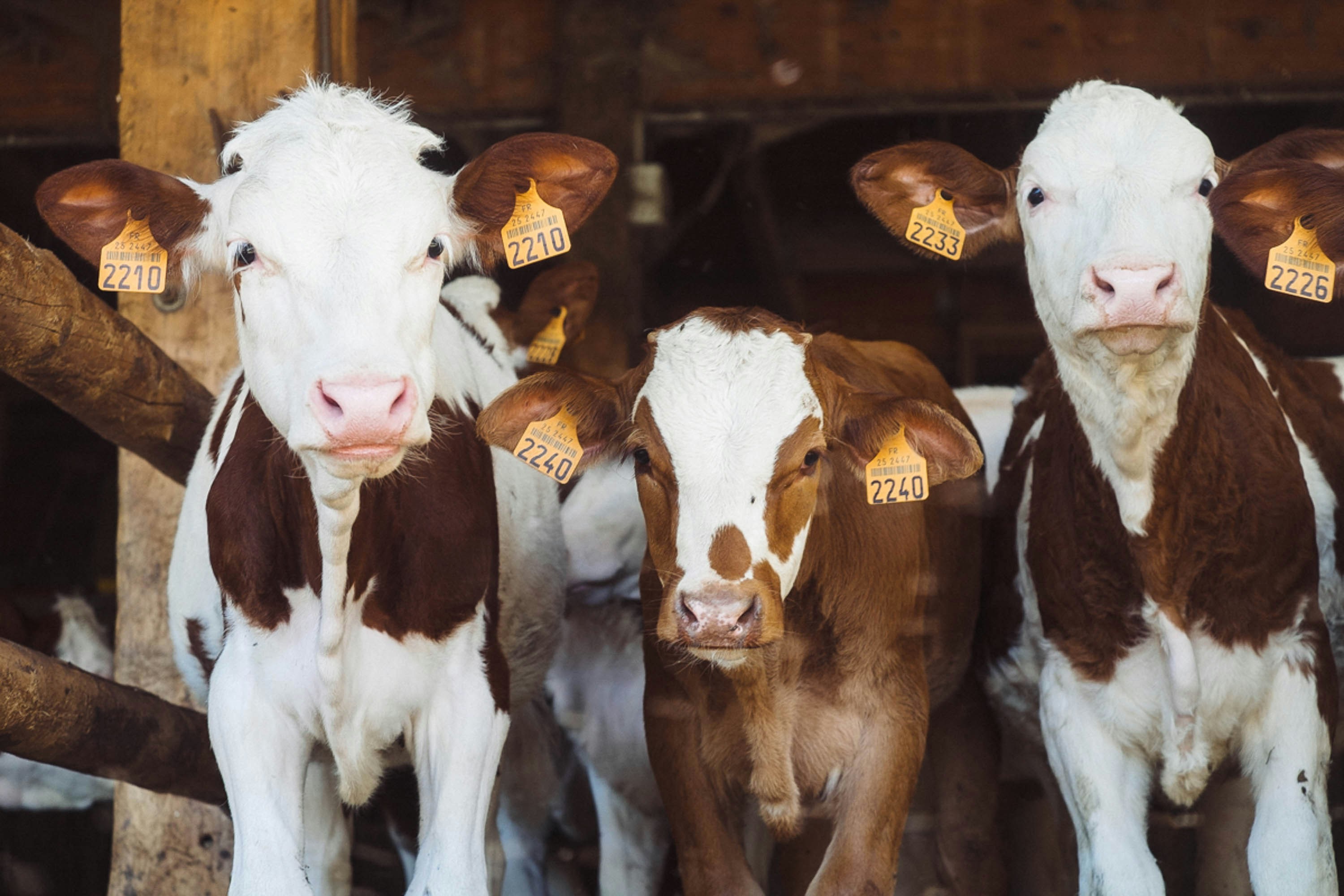
This month, federal authorities have been investigating an outbreak of the bird flu in dairy farms. While this virus primarily infects avian species, it has started to spread to other mammals and, in some cases, humans. But what is the bird flu and what does it mean for us?
The strain of flu that is currently plaguing birds around the globe, as well as our cattle and poultry, is known as the H5N1 bird flu, a subtype of the influenza type A virus. It was first identified in 1996, in a domestic waterfowl in the Guangdong region of Southern China. The outbreak killed more than 40 percent of aquatic birds, annihilated China’s poultry population, and caused 18 human infections and six human deaths.
The H5N1 bird flu virus is known as the deadliest strain of bird flu.
Scientists believe that waterfowl, such as wild ducks and geese, are the main host for all subtypes of the bird flu. These birds can pass the virus to domestic birds through their feces. Once poultry are infected, the virus can spread farm to farm via airborne feces-contaminated dust, contaminated clothing and equipment, or other sick, wild animals. The illness can further spread to different areas through the migration of birds and the trading of live poultry.
Though bird flu can infect other animals such as dogs and cats, this is the first recorded instance of the virus in cattle.
It is believed that the current bird flu outbreak jumped to U.S. cattle in late December or early January, but was only observed and reported on March 25. Scientists drew these conclusions from genomic data collected by the U.S. Department of Agriculture (USDA), though they expressed dismay regarding the speed at which the information was released.
When dealing with outbreaks, it is critical to work fast, but the USDA didn’t release the genomic data until almost four weeks after the initial report. So, while scientists have shed more light on the outbreak’s origins, there is now the possibility that the bird flu has been silently spreading among cattle for several months.
As of April 24, the Centers for Disease Control and Prevention (CDC) reports eight states with bird flu outbreaks in cattle: Idaho, Colorado, South Dakota, Kansas, New Mexico, Texas, Michigan, Ohio, and North Carolina. Across these states, 33 dairy herds have been infected.
So, is it safe to drink milk?
To detect remnants of the viral RNA in commercially sold milk, the Food and Drug Administration used a testing method known as quantitative polymerase chain reaction, which is similar to the method utilized to detect Covid-19.
The test confirmed that viral particles had been detected in milk sold to consumers. However, the test cannot distinguish between an active virus and the particles of an inactive virus. Therefore, the detection of viral RNA in milk does not pose an immediate threat to consumers. Officials think a virus that contaminated milk while it was still raw was subsequently inactivated during pasteurization.
To combat the outbreak, U.S. officials require milk from infected cows to be discarded. This milk may appear thicker than normal and have a yellowish hue. Additionally, cows must test negative for bird flu before being transported across state lines to other farms. Cows in the U.S. dairy industry are constantly moved around, so this restriction may help stifle further spread of the virus.
As regulations are put in place, scientists are racing against the clock to analyze milk samples for indications of the bird flu’s origin and evolution in dairy herds. They know that time is of the essence if they want to stop this outbreak before it spreads too far.






Leave a Reply